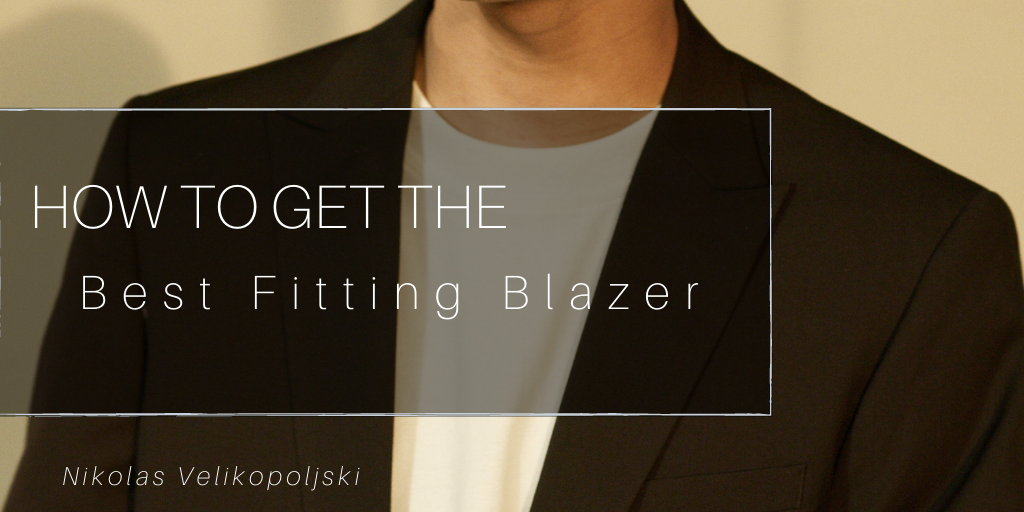Ideally, the best-fitting blazer is a blazer that has been custom-tailored to fit your specific body. Obviously, however, a professional tailor is not always in the plan or the budget to meet your clothing needs. Luckily, there are a few tips you can keep in mind to get the blazer that fits you best!
First: The best-fitting blazer should be neither too tight nor too loose. The sleeves should sit comfortably on the wrists neither too high nor too low. It should fit neither too tight nor too loose, instead hanging on the body comfortably and securely. The button or clasp on the front should snap securely without ample room or without squeezing the torso. The blazer sleeves should be loose enough to be rolled to the elbow if such a look is desired. The length of the blazer itself is a matter of preference: Some like the length almost even with the waistband, while others prefer a slightly longer fit.
If you know your measurements, it would also be wise to consult a quick measurement chart when purchasing clothes online to ensure you are getting the best fit possible. A chart will detail the size of the blazer, chest measurements, waist measurements, jacket length by size and height, and vest chest size. When shopping online, make sure to do your own measurements (if you don’t have a tailor) in order to maximize the best blazer fit.
Professionals also advise doing your own measurements in your underclothes for the most accurate measurement — and, if your measurements happen to fall between available sizes, professionals advise shopping the next size up for the best fit. A measurement chart will ask for the measurement around the base of your neck; around the fullest part of your chest; (slightly below) your waist; your sleeve length; around the fullest part of your hips; and along the inseam from crotch area to bottom of the hem.
Blazer fit is also, of course, a matter of style and preference. Some prefer more form-fitting designs while others prefer a looser fit. The length of various blazer measurements will dictate the “balance,” or look, of the style. It may take some trial and error to get your measurements “right,” but the end result will be well worth the time taken to measure.

